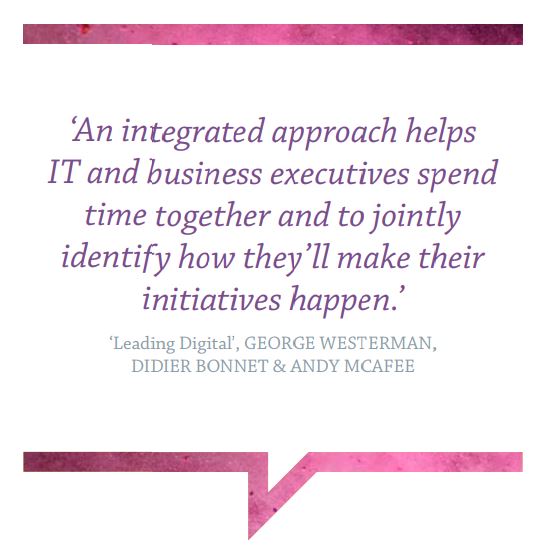Why Agility is The Key to Regulatory Compliance
Blog: Bizagi Blog
84% of businesses hope to see improved regulatory compliance and risk management as a result of digital transformation.
This was one of the key findings from our new survey of 500 business leaders. With today’s goalposts for regulations and compliance always moving, the best hope of achieving this is by building your compliance processes on an agile platform.
In fact, our survey found that agility was cited as the key digital trait desired by those working in compliance. However, when questioned on how agile they currently felt, only 28% said that they felt extremely confident.
This lack of confidence could be down to the strains that are felt across the organization: tension between new and old technology, finite budgets, too little collaboration. They all take their toll. But when it comes to fixing things, those in compliance show a shrewd understanding of how to go about it. They have an appetite for rapid co-experimentation and making better use of legacy tech. Here’s how to address the problems:
New vs old technology
Legacy technology often proves a problem in compliance, particularly when it means that data sources are siloed. Often it seems like a rip and replace approach is the only solution. But encouragingly, 74% of businesses want to make better use of their legacy systems rather than discarding them completely.
For example, you might have a legacy ERP system that holds important data but is hard to flex to the needs of your business. You can wrap it in a more agile process management platform that is still able to draw data out of your older system – or write data back to it.
Finite budgets
Digital transformation doesn’t have to be a costly venture. By starting small and only deploying a couple of processes to see if they work, you can then see what works best before you fully commit. You can then scale quickly once you know something has value.
Not only does this save money, but it also helps to integrate digitization across the business. If you try to change too much too quickly it can backfire. That’s why 82% of our survey think that small digital breakthroughs create momentum.

Too little collaboration
In the wise words of George Westerman, Didier Bonnet and Andy McAfee: “An integrated approach helps IT and business executives spend time together and to jointly identify how they’ll make their initiatives happen.”
A lack of collaboration between departments is a common problem. But it’s critical to overcome the issue. Real commercial impact comes from different parts of a business working as one.
The answer is to foster inclusion and bring the right people together from across the business. But you need the right mechanisms in place to make this happen. IT and business departments need to work better together to address the problems facing them. That means digital tools that give people a clear, shared view and enable them to co-experiment with ease and speed.
Great agility, greater operational efficiency
Compliance isn’t purely about adhering to legislation. Apart from avoiding fines, digitizing compliance has many other benefits. It will help your business to be more secure, more efficient and more responsive, particularly to customer expectations.
In fact, 91% of businesses cited greater operational efficiency as the biggest expected outcome from taking an agile, connected and engaging approach to their digitization. This demonstrates the clear understanding of the role that compliance can play in supporting the success of the business.
The whole concept of agility is being able to rapidly respond to changes in the surrounding environment, no matter what that is. For CofCo, an international agricultural organization that moves millions of tonnes of grain a year, it is imperative for them to remain adherent to strict global laws around the storage and transport of food.
When a ship leaves port with its cargo, the laws may have changed by the time it reaches its destination, or external factors such as weather may have had an adverse effect on the quality of the grain. Cofco needed a process to chart these changes and tell staff about them in real time. They used the Bizagi platform to model an agile process, then turn the model into a digital dashboard with up-to-the-minute information.
This enabled an instant overview of the process and meant that staff, partners and customers could collaborate with ease. While the initial need of putting the agile process in place was to remain compliant with global food laws, it also resulted in a more efficient supply chain, ensuring that the right grain of the right grade is sent to the right place.
This proves that an agile approach that can connect systems, people and their priorities in real time is the key to remaining compliant.
–
This article is based on a larger research report. So if you’d like to learn more about how to digitize your customer engagement strategy, why not download our complimentary report: ‘Make your Breakthrough in Governance & Compliance.’

The post Why Agility is The Key to Regulatory Compliance appeared first on Bizagi Blog – Ideas for Delivering Digital Transformation.
Leave a Comment
You must be logged in to post a comment.







